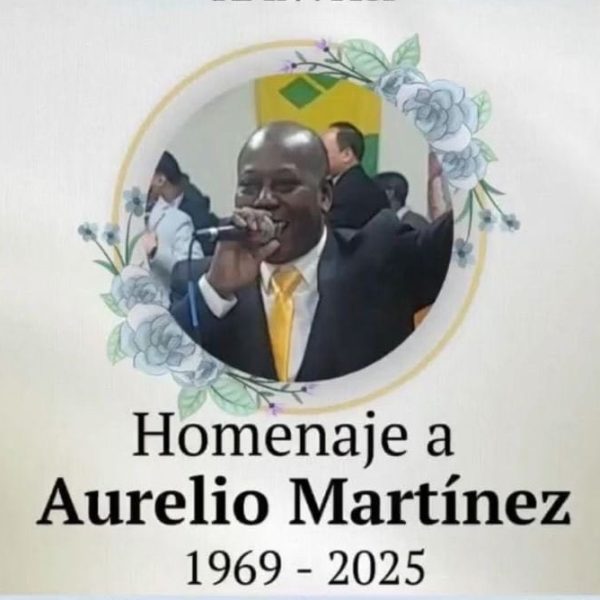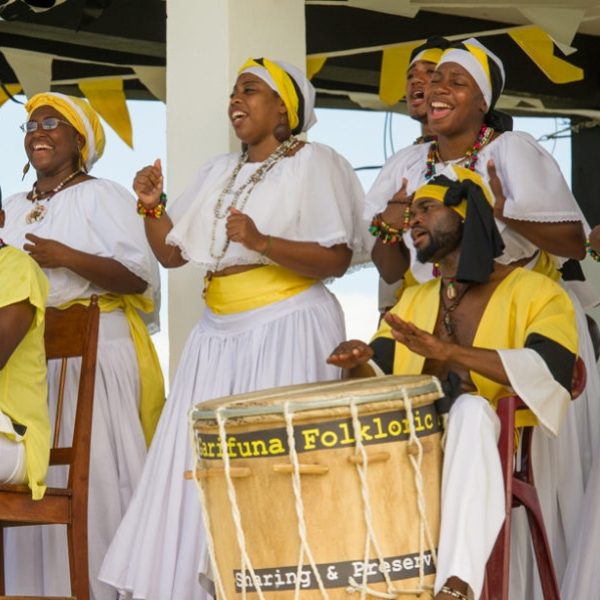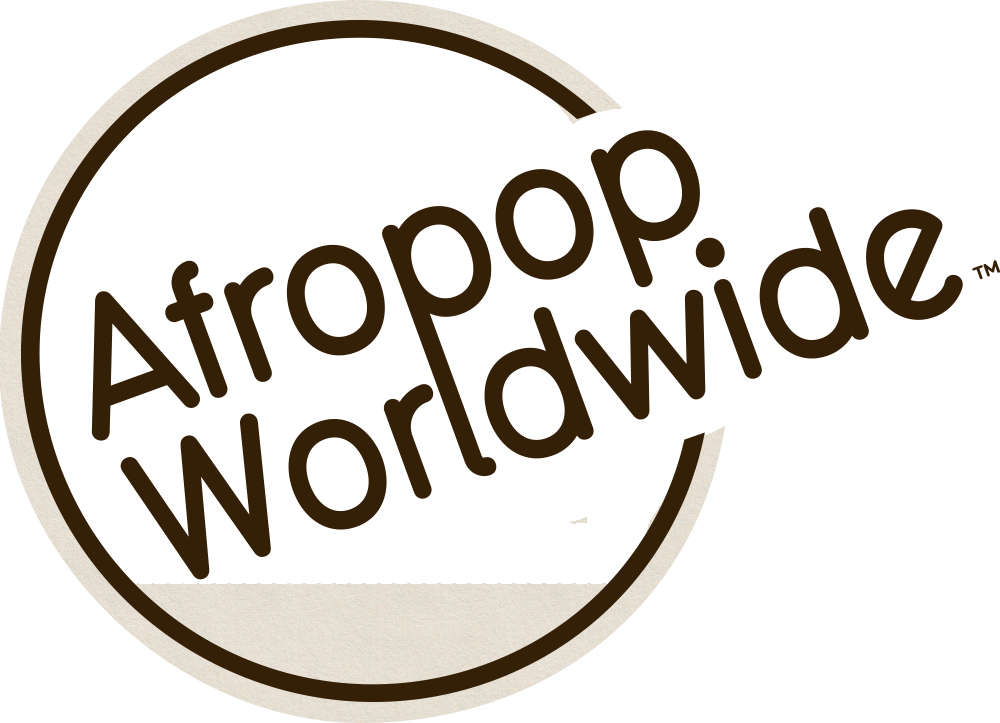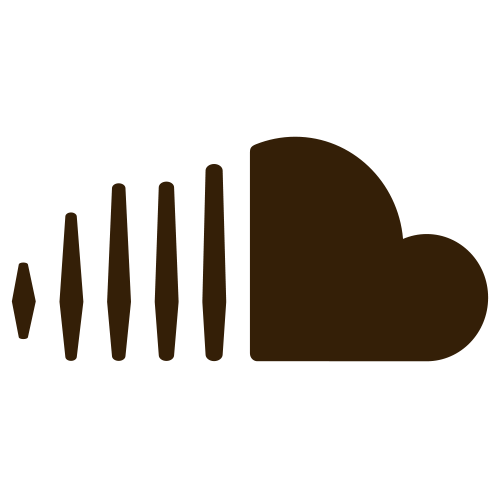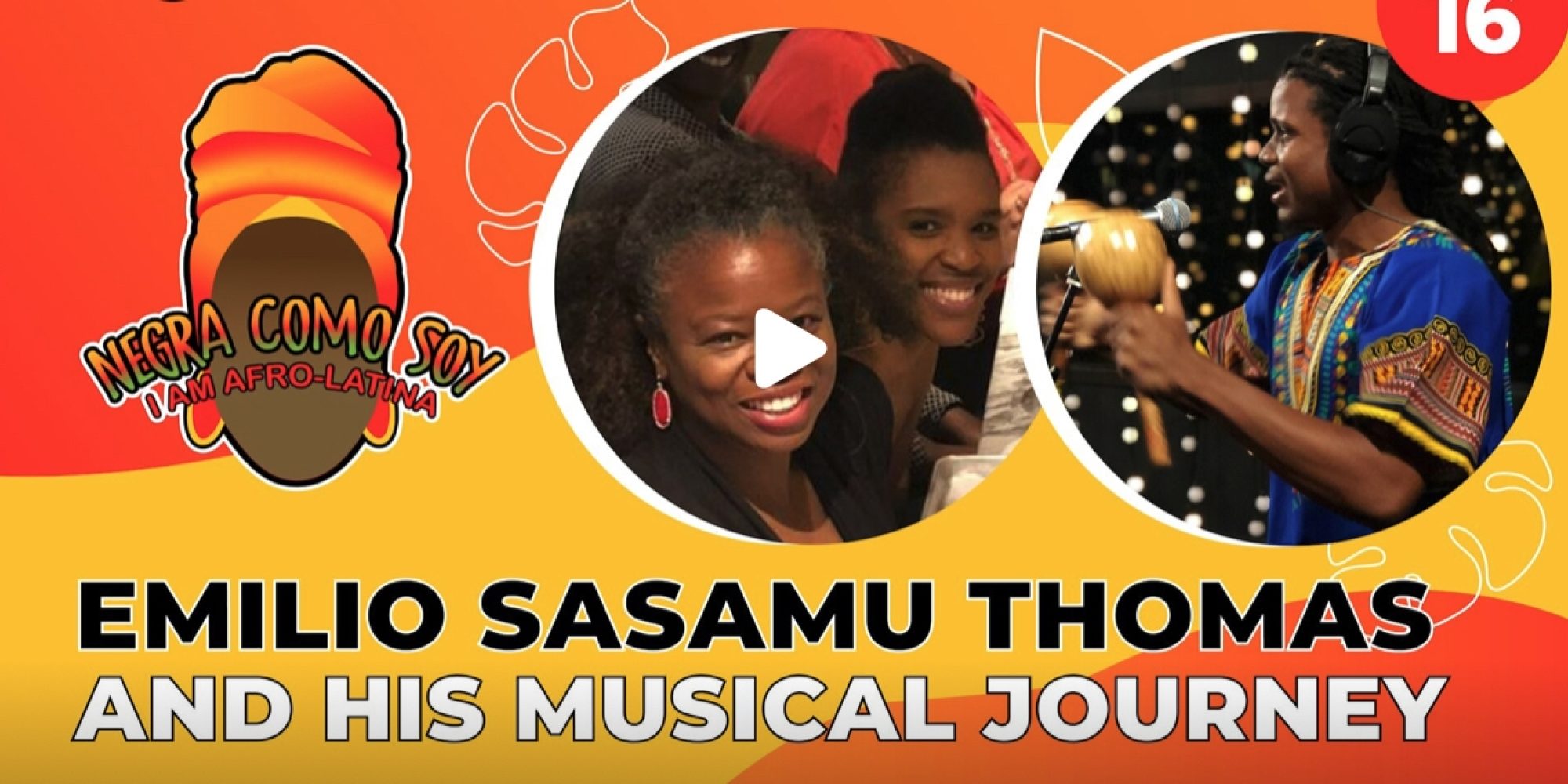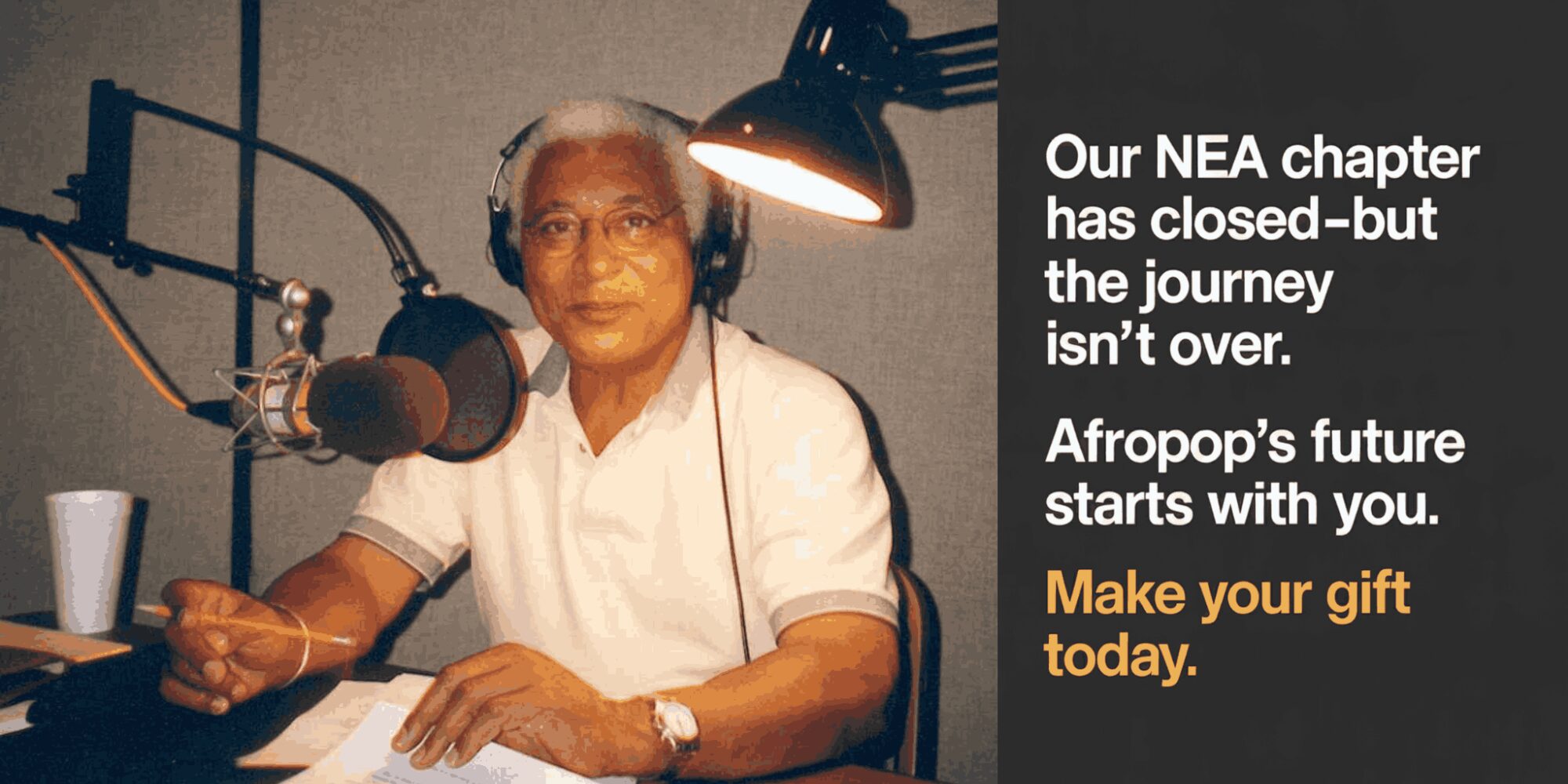Following the recent death of Garifuna music icon Aurelio Martinez, we naturally look to a younger generation for the pioneers of the future. One of those is Belizean Emilio Thomas, known artistically as Sásamu. Orit Novak recently worked with Sásamu in Belize. She interviewed Sásamu, co-produced a music video with him, and created a 33-minute film of their interview. Here is that video, and Orit’s article on the experience for Afropop Worldwide.
Emilio Thomas, known artistically as Sásamu, is a Garifuna musician, cultural activist, and visual storyteller whose creative world bridges the past, present and future (like the drums of his fathers). Known internationally as the rhythm guitarist for The Garifuna Collective, Sásamu has been carving his own path through a creative venture titled Project Inebesei — Project Respect in Garifuna.
Raised in Dangriga, the cultural heart of Belize, Sásamu grew up immersed in music, dance, and ceremony. “It was never a choice,” he laughs. “We grew up inside the culture.” But his musical journey has evolved into something more than performance, it’s become an act of cultural continuity. Project Inebesei first began as a community language program, teaching Garifuna to youth and parents. Today, it's a musical and visual archive in motion, drawing from deep ancestral rhythms and connecting them with a new generation of creators and performers.
In this conversation, we speak about that evolution — including our recent collaboration on Chawabei Balana, a traditional Garifuna song we filmed and recorded together for the first time during the November 19th celebrations in Belize, and Common Threads, a visual platform we’ve founded that pairs musicians with artists to create limited-edition merch rooted in cultural storytelling.
For Sásamu, songs are living things. “That song is about someone going through a change,” he says of Chawabei Balana. “They’re witnessing the transition unfolding in their own lives, and they want to share it with someone outside of self. That’s a phase everyone can relate to — no matter where they are from.”

Recorded in the chaos of a festival in Panama with musicians from North, South and Central America — and later brought to life visually in Belize — the track became a milestone for Sásamu, a moment in which traditional music met experimental arranging and modern storytelling. “In that moment, in the creative space, we don’t have headphones” he laughs. “I am just directing everyone live. It was insane.” But the process, he reflects, is powerful. “Seeing the video now, it inspires me to do that with more songs — to birth them to life.”
That intention, to respect the old while creating the new, permeates everything he comes in contact with. With Project Ounababa, a related initiative that collects stories, lyrics, and melodies from elders, Sásamu has helped restore and reinterpret songs that had long lived only in memory. “It’s about how far the songs can travel,” he says. “Traditionally, they weren’t measured by how much money you made from them — but by how far they travelled.”
This philosophy extends to the way Sásamu approaches performance. While many solo artists might place themselves at the center, he deliberately steps back — choosing instead to be filmed among fellow musicians. “In our culture, community is everything,” he explains. “Even the audience is part of the space. So I don’t perform alone. In many situations, if my musicians can’t be there, I won’t do the show.”
That sense of shared experience also lives in his photography, a growing portrait archive of Indigenous life that will be on exhibition across Belize until December. “Photography allows me to see my community with new eyes,” he says. “When I come back home after traveling, I’m not the same. I notice things differently — like I’ve been updated. And I want to document what I see, so it can be shared in a meaningful way, by someone from the inside.”
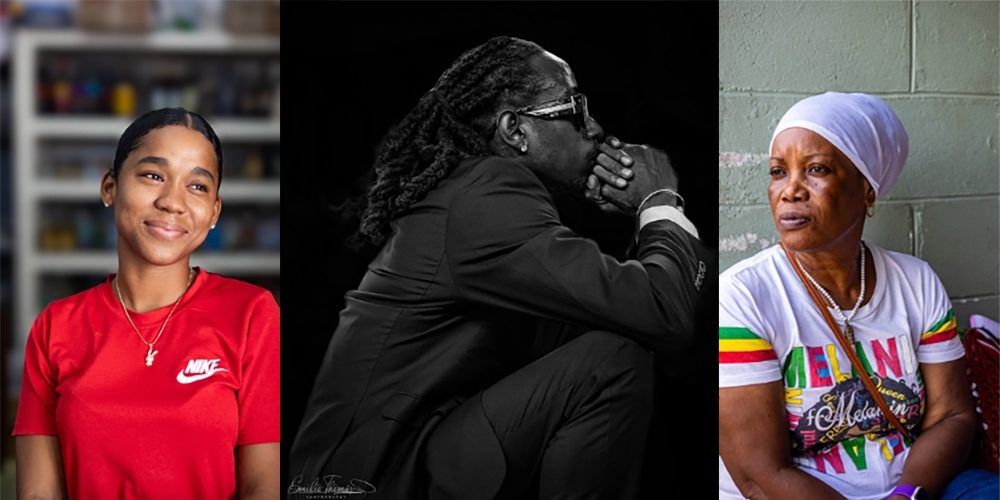
His portraits are striking, intimate, textured, and full of quiet dignity. For Sásamu, the goal is to create visual memory for future generations. “Sometimes all becomes new again just because of a photo,” he reflects. “And eventually, these images might inspire something bigger — maybe even a film, or a song, or something we haven’t imagined yet.”
In our own collaboration through Common Threads, we’ve talked about how independent artists can build new revenue streams that go beyond streaming or touring. Sásamu sees this moment as a turning point. “My best friend in music always says: it’s 90% business, 10% music… So you need both. And if you don’t know how to handle the business, you need a trusted space to help you.”
“Common Threads,” he adds, “can be that space. A place where you build trust, learn the process, and figure out what you want. Most artists will never get signed to a label — so what then? We need new paths.”
Sásamu is already carving those paths, both at home and abroad. Later this year, he’ll perform at the Belize International Investment Summit and represent the country at the World Expo in Osaka, Japan. For him, these opportunities aren’t just gigs — they’re cultural exchanges. “I want to ask questions, learn from others, and share what we have. Music is about connection. If I can find one thread between Garifuna and Japanese language, that becomes a bridge.”
Looking ahead, he hopes to continue inspiring younger generations — not just through performance, but through practice. “Whatever you do, master it,” he says. “That’s what I model to the kids. You figure out your ability, your potential — and then you repeat that discovery in other areas.”
Ultimately, everything Sásamu creates — from music to photography to mentorship — is rooted in the knowing that Garifuna culture is not static, but alive. “We’re evolving,” he says. “And I think Project Inebesei can be a spark — an example. Not the only one, but one that shows what’s possible.”
“I want people to feel alive when they hear our music,” he tells me near the end of our conversation. “To feel like we’re not so different. One people. One heartbeat.”
To stay connected to this journey — and explore upcoming collaborations through music, design, and story — sign up at: https://www.commonthreads.spac...
Related Audio Programs
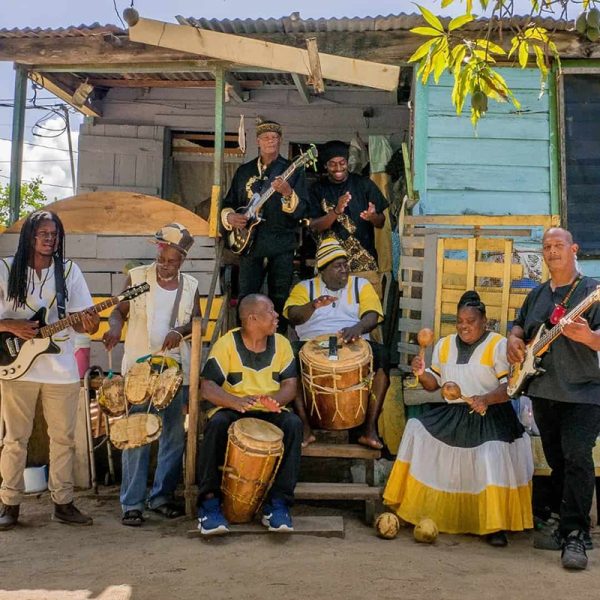
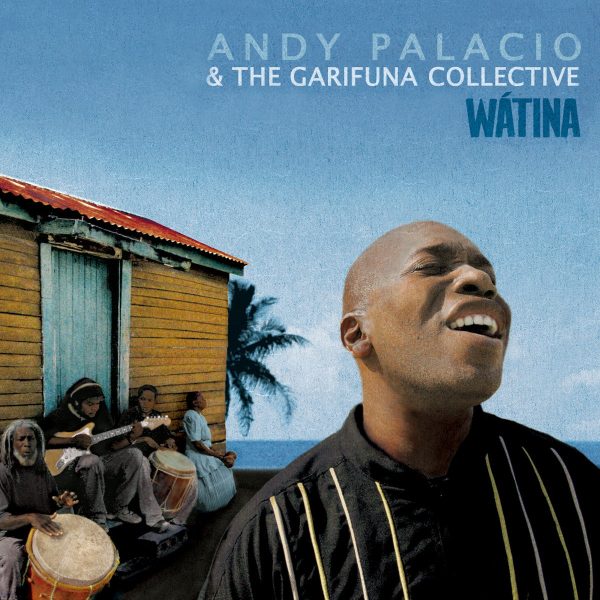
Related Articles
